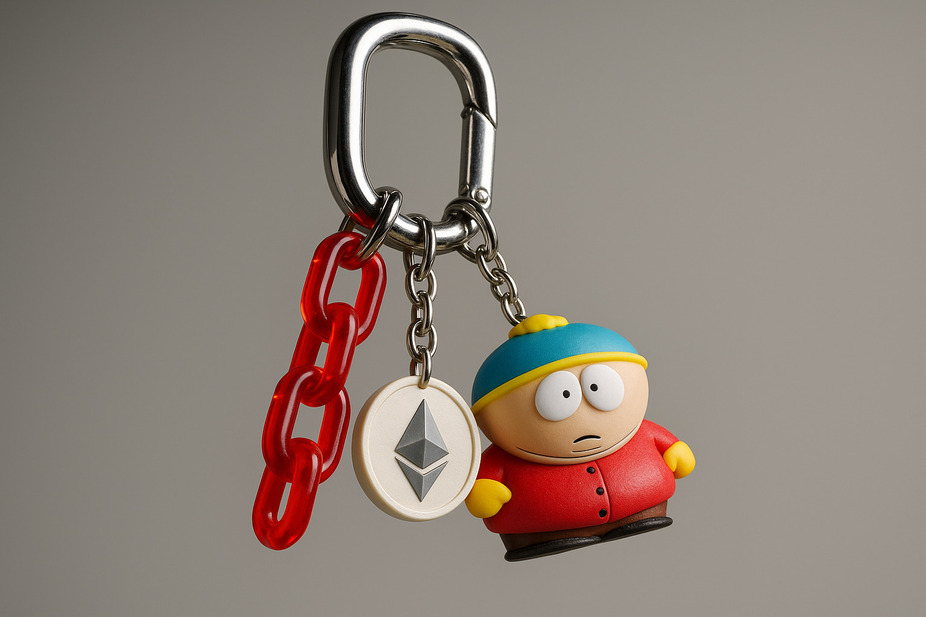Popular cryptos
Cardano
Download Ironwallet app and get tool for making transaction without network fee
About Cardano
Cardano is an open-source, decentralized blockchain platform that runs the ADA cryptocurrency. Founded in 2015 by Ethereum co-founder Charles Hoskinson, Cardano aims to provide a more sustainable, scalable, and interoperable alternative to older blockchain networks. Dubbed a “third generation” blockchain, Cardano uses cutting-edge cryptography and a novel proof-of-stake (PoS) algorithm to solve major blockchain issues around scalability, interoperability, and sustainability.
History of Cardano
Cardano was conceptualized in 2015 by blockchain development firm Input Output Hong Kong (IOHK). IOHK had been contracted to design a next-gen cryptocurrency by a group of Japanese investors. Charles Hoskinson, co-founder of Ethereum, was brought on to lead Cardano’s development due to his experience building Ethereum. After extensive research on crypto design, the IOHK team settled on using a provably secure PoS protocol called Ouroboros to power Cardano. They continued developing the network until its mainnet launch in September 2017.
The initial release of Cardano only featured core network functionalities. Over the next few years, IOHK focused on building out the network in regulated stages, with smart contract capabilities added in the Alonzo upgrade of September 2021. This meticulous staged rollout contrasts with Ethereum and other networks that rushed development. The methodical approach has helped contribute to Cardano’s security and earned it the nickname “Ethereum Killer.”
Cardano’s Proof of Stake Algorithm
At its foundation, Cardano uses an innovative PoS algorithm called Ouroboros to validate transactions and secure its blockchain. Ouroboros improves upon previous PoS systems by allowing for better decentralization and security. In PoS, users stake their ADA coins to become validators instead of mining blocks. Validators earn staking rewards for running the network.
Ouroboros utilizes decentralized random number generation and checkpointing mechanisms to protect against attacks. By spreading influence randomly across coin holders, no single entity can gain control over the blockchain. This makes Cardano more decentralized and democratic in governance than older blockchains. The checkpointing system also makes revisions to past blocks virtually impossible, enhancing security.
Ouroboros Protocol
The Ouroboros protocol underpinning Cardano consists of three components – the network layer, consensus layer, and settlement layer:
The network layer handles peer-to-peer transactions. The consensus layer runs the Ouroboros PoS algorithm to validate transactions. The settlement layer timestamps confirmed blocks every epoch using the Universal Time Coordinate standard. This layered framework improves interoperability and allows easy upgrades via soft forks.
A key innovation is the ability for sidechains to run their own consensus protocols while still interfacing with the main Cardano chain. This flexible “divide and conquer approach” allows for custom design of subnetworks to target specific use cases.
Cardano’s Native Token – ADA
ADA is the native token that powers Cardano. It fulfills three key functions on the network:
- Allowing holders to participate in the PoS consensus mechanism as stakeholders
- Serving as a reward for validators who maintain the network
- Enabling users to pay transaction fees on the network
Capped at a maximum 45,000,000,000 total supply, ADA has superior scarcity compared to uncapped tokens. All ADA was sold during the 2017 initial coin offering (ICO) or has since been minted as rewards. With over 71% of its total supply in circulation, Cardano has one of the most decentralized token distributions in crypto, avoiding wealth centralization among early stakeholders.
Cardano’s Smart Contract Capabilities
Smart contracts are self-executing programs that are a key component of many blockchain networks. In September 2021, through its Alonzo hard fork upgrade, Cardano launched its own native smart contract functionality, over 4 years in the making. This enables developers to build decentralized apps (DApps) on Cardano using Plutus – a purpose-built smart contract development language.
Plutus smart contracts provide better security, predictability, and compliance than alternatives like Solidity on Ethereum. Built-in compliance features meet standards in heavily regulated industries like healthcare and finance. These advanced capabilities are attracting developers across industries to build enterprise and consumer applications on Cardano.
Cardano’s Scalability Plans
A common limitation of early blockchains is lack of scalability, preventing mass adoption. Cardano aims to eventually process 1 million transactions per second – on par with major payment processors – using layered scaling solutions under active development.
Hydra, Cardano’s primary scaling approach, runs transaction processing in parallel between stake pools in “state channels” off the main chain. By using hydra heads, the effective throughput can massively multiply without bloating network data. Hydra also enables almost instant confirmations suitable for day-to-day purchases. IOHK researchers are currently writing academic papers to aid development of this and other scaling approaches.
Cardano’s Governance Model
Most blockchains are informally governed by core development teams and mining pools – concentrating influence. In contrast, Cardano uses a formal on-chain governance model that gives ADA holders the ultimate say in platform upgrades and development. This helps align network evolution with the interests of stakeholders.
Governance works through a voting mechanism where improvement proposals are submitted as transactions and voted on-chain. If a proposal gets enough votes among staked ADA, it automatically activates at the beginning of the next epoch. The system lowers barriers to participate compared to off-chain voting approaches. A public treasury fund also helps fund projects aligned with stakeholder priorities.
Competitors to Cardano
As a next-gen smart contract platform, Cardano’s natural competitor is Ethereum. While Cardano makes improvements in areas like security and governance, Ethereum dominates in adoption. Cardano must succeed in stealing market share to realize its long-term mission.
Other competing Layer 1 blockchains include Solana, Polkadot, Algorand, and Cosmos. Each brings its own set of capabilities and tradeoffs. Solana offers higher scalability but compromises decentralization. Algorand and Cosmos have governance models akin to Cardano’s. Competitors are also moving toward PoS and advanced scalability via Layer 2 protocols or sharding.
This space remains unpredictable, but Cardano differentiates itself enough to carve out a role even if no single platform achieves outright dominance. Its methodical peer-reviewed approach inspired by research principles also makes it more inclined to deliver on promises compared to “move fast and break things” competitors.
Investing in Cardano
As a top 10 cryptocurrency commanding a multi-billion dollar market capitalization, ADA already constitutes a major digital asset. However, if Cardano becomes the predominant smart contract platform as intended, ADA could experience much higher demand and value.
Cardano’s extended roadmap means investing requires a long-term horizon. While progress has been slower than impatient cryptocurrency traders prefer, the thoughtful approach also provides assurance against catastrophic glitches or protocol weaknesses. Those investing should be ready to hold ADA for 5-10 years as adoption grows pending technological milestones being met.
Of course, regulatory, market competition, or technology risks could still hamper Cardano. Investing requires researching these contingencies before acquiring ADA. Ultimately, Cardano presents an intriguing risk/reward proposition as a top blockchain project to monitor closely or contribute development efforts toward.
Future of Cardano
As a self-described “third generation” blockchain, Cardano aspires to fix shortcomings in previous platforms to become the global financial operating system. Its deliberate design philosophy has laid sophisticated foundations across security, regulation, governance, and interoperability.
However, Cardano has yet to demonstrate real-world usage and user adoption. The coming years as efforts transition from development to deployment will determine whether Cardano can compete with more established alternatives. Much hinges on developer experience and partnerships enabling creation of consumer and enterprise-friendly decentralized applications.
If Cardano realizes even a fraction of its towering ambitions to be the world’s preeminent smart contract platform, fortunes stand to be made from owning the ADA currency powering this financial revolution. But nothing is guaranteed, and investors should size positions according to risk tolerance. Overall, Cardano remains one of the most intriguing blockchain projects in the digital landscape.

























